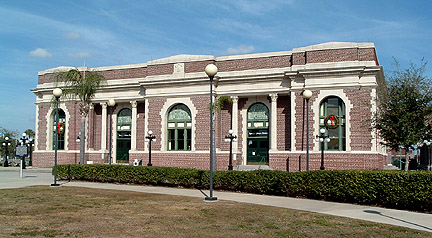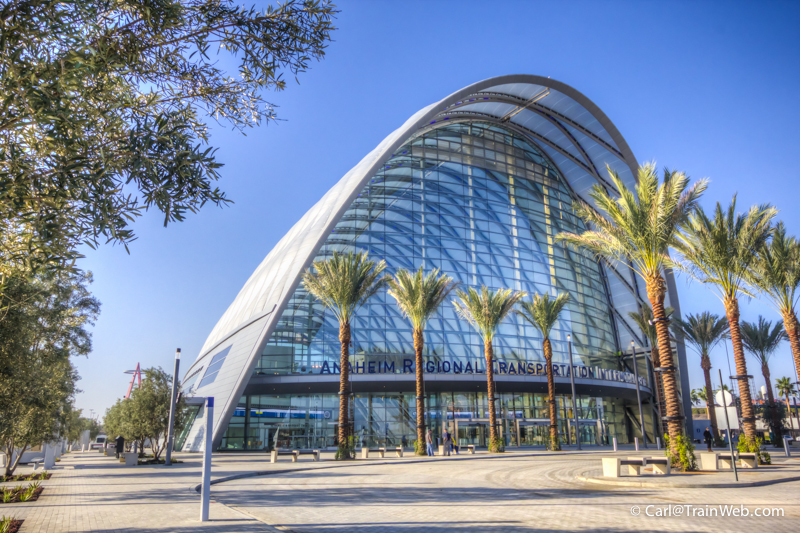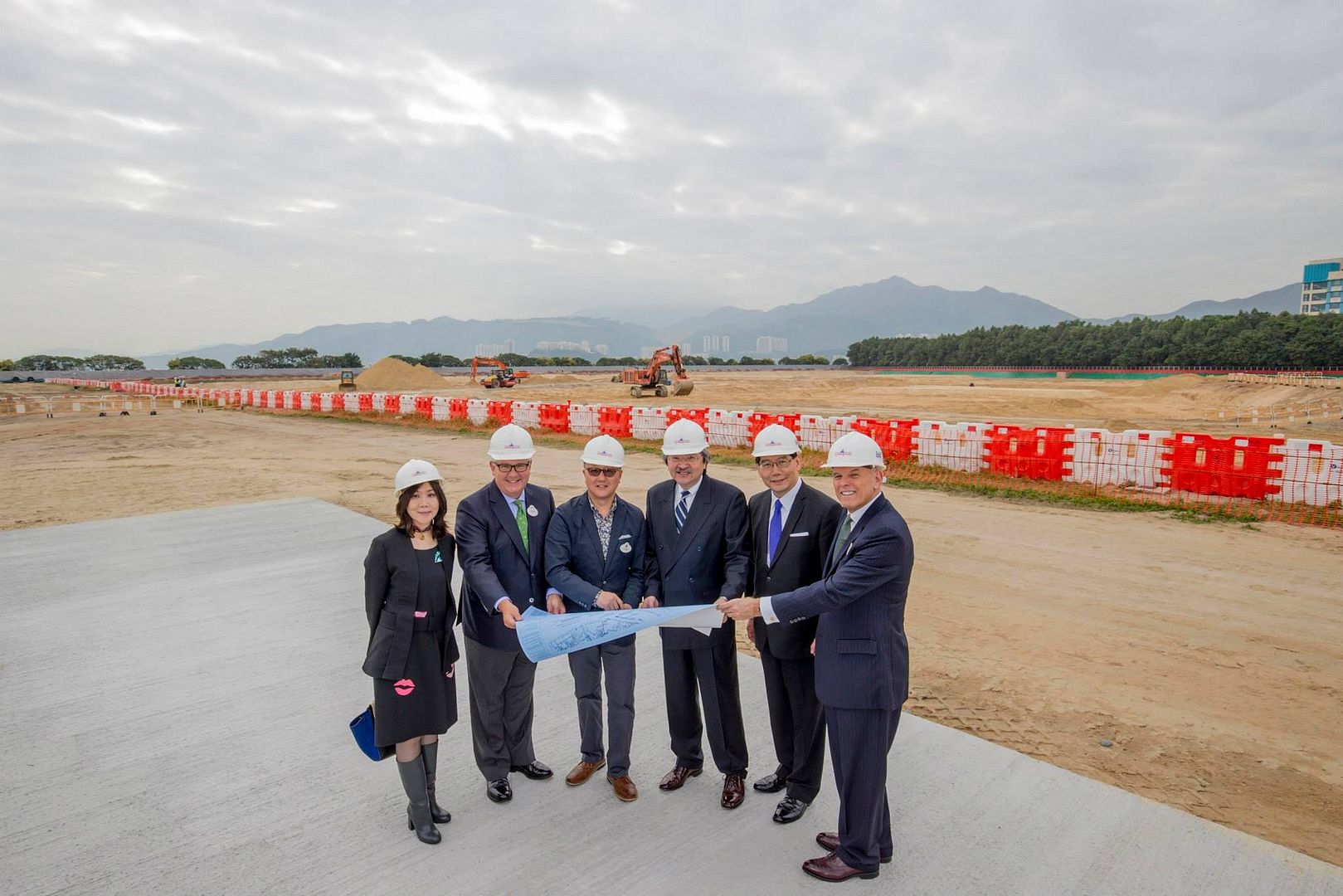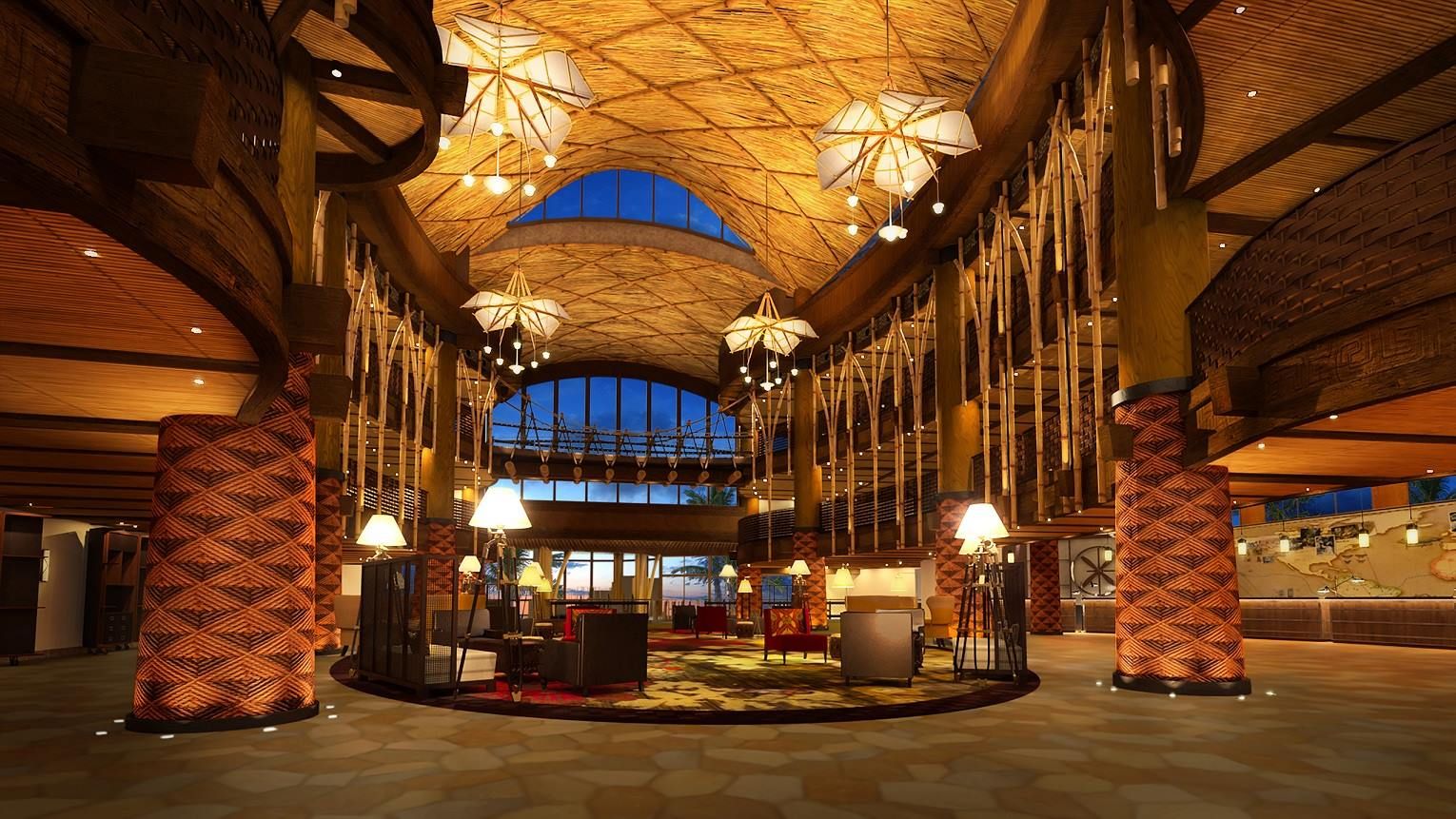while I certainly agree I thought the tampa to orlando leg was going to be operated as a commuter line and the orlando (Kissimmee really) to Miami line was going to be run similar to Amtrak.
Tampa-Orlando had only four stations; downtown Tampa, Lakeland, WDW, and Orlando Intl. Airport. Governor Scott, when he was for the plan, stated publicly that one-way tickets between Tampa and Orlando would be "30 Dollars" each way. That price was considered unrealistically cheap and just politician babble to build support. The actual ticket cost would have been much higher each way, and the railroad would still need massive public subsidies each year to keep operating. That's how those things go.
As if the cost for a ticket versus driving a car weren't prohibitive enough, even when gas was $4.00 a gallon a few years ago, the actual travel time didn't save anyone much time. The "High Speed" part wasn't that impressive.
Convention Center - Orlando Airport = 11 Miles, 21 minutes by Car in congestion, 11 minutes by Train
Disney – Orlando Airport = 19 Miles, 34 minutes by Car in congestion, 21 minutes by Train
Downtown Tampa – Orlando Airport = 84 Miles, 1 hour 31 minutes by Car in congestion, 1 hour 4 minutes by Train
http://en.wikipedia.org/wiki/Florida_high_speed_rail
That's not including the extra time needed at each ends of the train journey to park at the station, get tickets, check baggage or wait for 15 minutes, exit station, and get transportation from station to an actual final destination. A car stuck in congestion at rush hour would get its passengers to the final destination (likely a hotel lobby or WDW parking lot) faster and cheaper, and many folks would also consider the car journey easier.
Florida HSR just didn't pencil out for anyone, really.









